About Peru
Peru is a country that encompasses a section of the Amazon forest and Machu Picchu, an ancient Inca city high in the Andes.
About Peru
The history of Peru stretches back to pre-Columbian times, with several significant civilizations calling this region home. The most famous of these ancient civilizations is the Inca Empire, which flourished in the 15th and 16th centuries. Their remarkable architectural achievements, including the iconic Machu Picchu, continue to draw visitors from all over the world.

In addition to its historical significance, Peru boasts diverse geographical features. The country is divided into three main regions: the coastal desert, the Andean mountain range, and the Amazon rainforest. Each region offers distinct landscapes and ecosystems, making Peru a haven for nature enthusiasts and adventure seekers alike.
Peruvian culture is a captivating blend of indigenous traditions, Spanish colonial influences, and various immigrant cultures. This fusion is evident in the country’s art, music, dance, cuisine, and festivals. The Peruvian cuisine, in particular, has gained international acclaim for its unique flavors and diverse ingredients, including quinoa, potatoes, and a variety of fresh seafood.
Tourism plays a vital role in Peru’s economy, with millions of visitors arriving each year to explore its historical sites, trek through its stunning landscapes, and immerse themselves in its vibrant culture. Popular tourist destinations include Lima, Cusco, Arequipa, the Nazca Lines, Lake Titicaca, and, of course, the enigmatic Machu Picchu.
History
Pre-Columbian Era:
Spanish Conquest and Colonial Era:
Independence and Modern History:
Need help?
Request a Free Consultation

Travel to Peru in a truly luxurious fashion! Machu Picchu INC designs personalized tours across this enchanting country.
